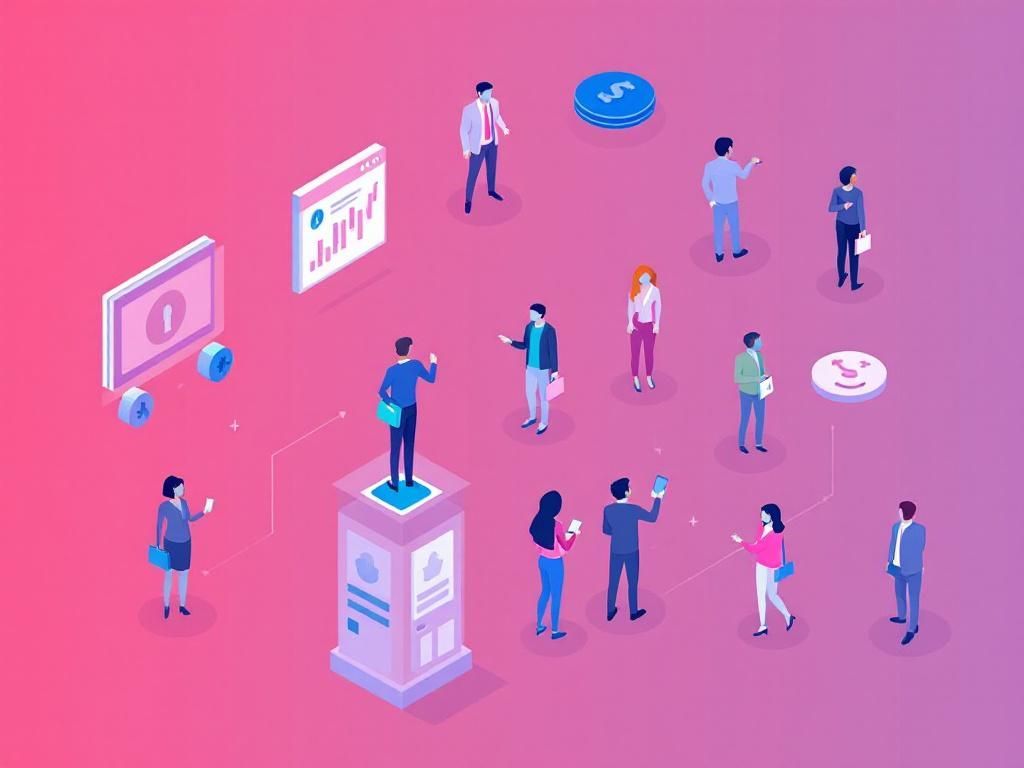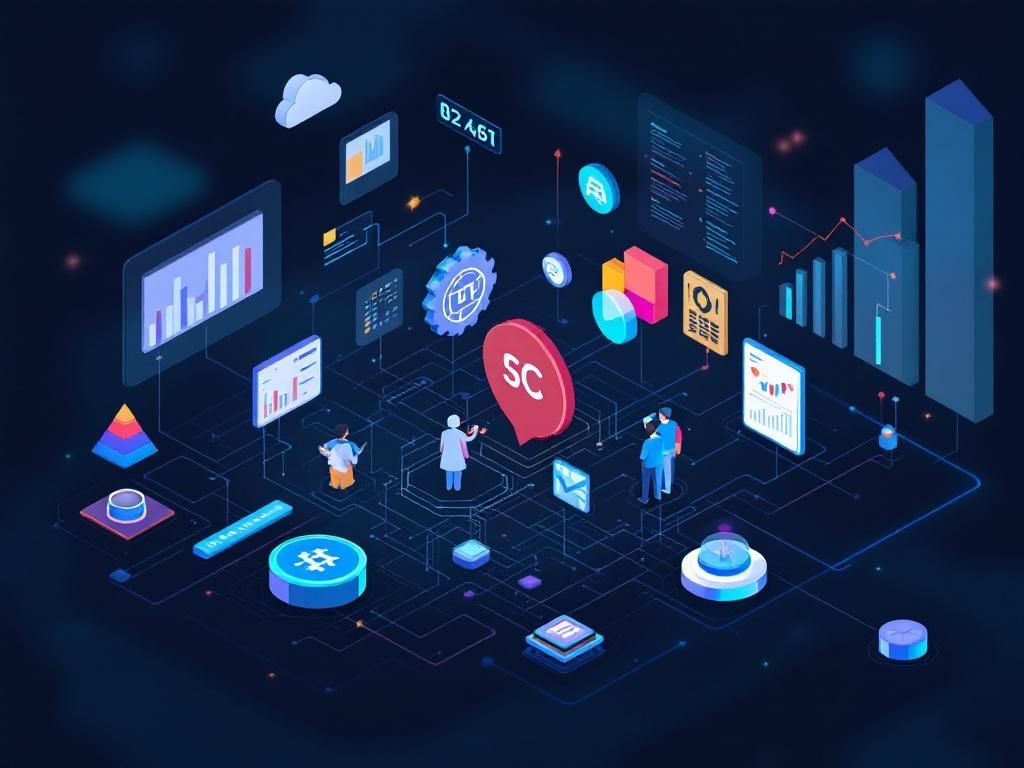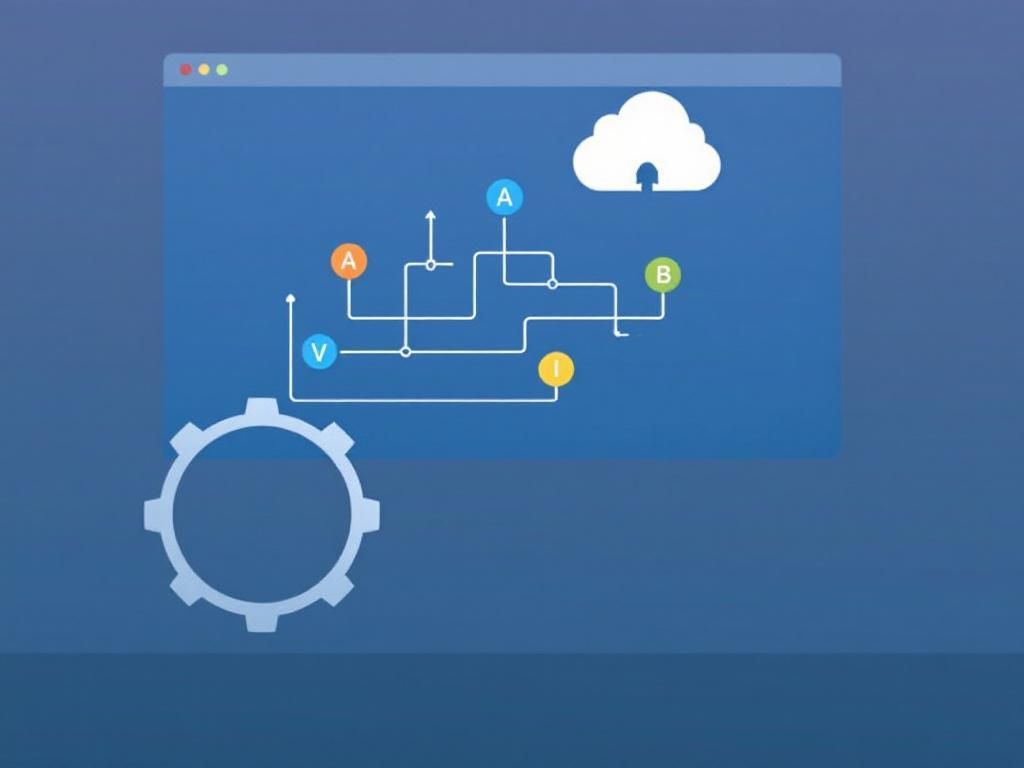Unlock Savings with Software Asset Management
Discover how Software Asset Management can help enterprises optimize costs and enhance efficiency. Unlock significant savings today!

In an era where technology drives business success, managing software licenses efficiently has become a critical focus for enterprises. Software Asset Management (SAM) is not just a cost-control strategy; it’s a strategic initiative that can enhance productivity, ensure compliance, and ultimately unlock significant savings. This article delves into the essentials of SAM, its benefits, best practices, and tools that can help organizations effectively manage their software assets.
Table of Contents
Understanding Software Asset Management
Software Asset Management encompasses the processes and technologies required to manage, control, and protect software assets within an organization throughout their lifecycle. The objective is to optimize software usage, minimize costs, and maintain compliance with licensing agreements.
The Lifecycle of Software Assets
The lifecycle of software assets typically includes the following stages:
- Planning: Identifying software requirements and establishing purchasing strategies.
- Acquisition: Buying or leasing software licenses according to organizational needs.
- Deployment: Installing software on user machines and ensuring compatibility.
- Utilization: Monitoring how software is used across the organization.
- Maintenance: Updating and patching software to keep it secure and functional.
- Retirement: Decommissioning software that is no longer needed or supported.
Benefits of Implementing SAM
Effective Software Asset Management can yield numerous benefits for enterprises:
- Cost Savings: Prevents overspending on unnecessary licenses and identifies unused software.
- Compliance: Reduces the risk of non-compliance with software licensing agreements, avoiding fines.
- Enhanced Security: Ensures that software is regularly updated, reducing vulnerabilities.
- Operational Efficiency: Streamlines software management processes, freeing up IT resources.
- Better Decision Making: Provides insights into software usage patterns, aiding future purchasing decisions.
How SAM Contributes to Cost Management
With rising software costs, SAM can help organizations manage their budget effectively:
| Cost Area | Potential Savings |
|---|---|
| Unused Licenses | 25-40% |
| Over-Licensing | 10-30% |
| Compliance Fines | 100% |
Best Practices for Software Asset Management
To achieve the maximum benefits from SAM, organizations should consider the following best practices:
1. Establish Clear Policies
Define clear policies regarding software usage, acquisition, and disposal to guide employees and IT staff.
2. Use Automated Tools
Implement SAM software solutions to automate license tracking, compliance monitoring, and reporting tasks. This eliminates manual errors and improves efficiency.
3. Conduct Regular Audits
Periodic audits of software assets help ensure compliance and identify areas where savings can be realized.
4. Educate Employees
Provide training sessions for employees on software usage policies and the importance of compliance in reducing costs and managing risks.
5. Monitor Software Usage
Utilize analytics to track software usage patterns and make informed decisions on renewals and purchasing.
Popular Software Asset Management Tools
Several tools can aid enterprises in effectively managing their software assets:
1. Flexera Software
Flexera offers comprehensive solutions for software licensing compliance and optimization, helping organizations maximize their software investments.
2. ServiceNow
ServiceNow provides a robust SAM module that integrates with IT asset management, offering a unified view of IT costs.
3. Snow Software
Snow Software helps organizations manage their software assets by providing insights on usage, compliance, and spending.
4. Cherwell Software
Cherwell offers flexible SAM solutions aimed at improving visibility and control over software assets.
Measuring Success in SAM
To ensure the effectiveness of SAM initiatives, organizations should establish key performance indicators (KPIs) that can help track improvements:
- Cost Reduction Percentage: Measure the percentage reduction in software spending over time.
- License Compliance Rate: Track the percentage of software licenses that are compliant with vendor agreements.
- Software Utilization Rate: Monitor the percentage of purchased software that is actively used by employees.
Challenges in Software Asset Management
While SAM offers numerous benefits, organizations may face challenges in its implementation:
1. Complexity of Licensing Agreements
Software vendors often have intricate licensing models that can be difficult to navigate, leading to potential non-compliance.
2. Resistance to Change
Employees may resist new software policies, especially if they feel their workflow will be disrupted.
3. Lack of Visibility
Without proper tools, it can be challenging to gain visibility into software usage across an organization.
The Future of Software Asset Management
As technology evolves, so too will the practices surrounding Software Asset Management. Emerging trends include:
- Integration with Cloud Services: As organizations increasingly adopt cloud-based solutions, SAM will need to adapt to manage subscriptions effectively.
- AI and Machine Learning: These technologies can enhance compliance monitoring and provide predictive analytics for software usage.
- Emphasis on Cybersecurity: SAM will also need to address the growing importance of securing software assets against cyber threats.
Conclusion
Software Asset Management is a vital strategy for enterprises seeking to optimize their software investments and ensure compliance. By understanding its importance, implementing best practices, and leveraging the right tools, organizations can unlock significant savings and enhance operational efficiency in today’s competitive landscape.
FAQ
What is Software Asset Management (SAM)?
Software Asset Management (SAM) is a business practice that helps organizations manage and optimize their software assets throughout their lifecycle, ensuring compliance and reducing costs.
How can SAM help enterprises save money?
SAM helps enterprises save money by identifying unused or underutilized software licenses, optimizing software purchases, and ensuring compliance to avoid costly penalties.
What are the key benefits of implementing SAM in my organization?
Key benefits of implementing SAM include improved visibility of software assets, enhanced compliance, reduced operational costs, and better decision-making regarding software investments.
Is SAM only for large enterprises?
No, SAM is beneficial for organizations of all sizes, as it helps manage software assets effectively and ensure compliance, regardless of the scale of operations.
How can I get started with Software Asset Management?
To get started with SAM, assess your current software inventory, define policies for software usage, and consider using SAM tools to automate and streamline the process.
What tools are available for Software Asset Management?
There are various tools available for SAM, including Microsoft System Center, Flexera, and ServiceNow, which help track software usage, manage licenses, and ensure compliance.






